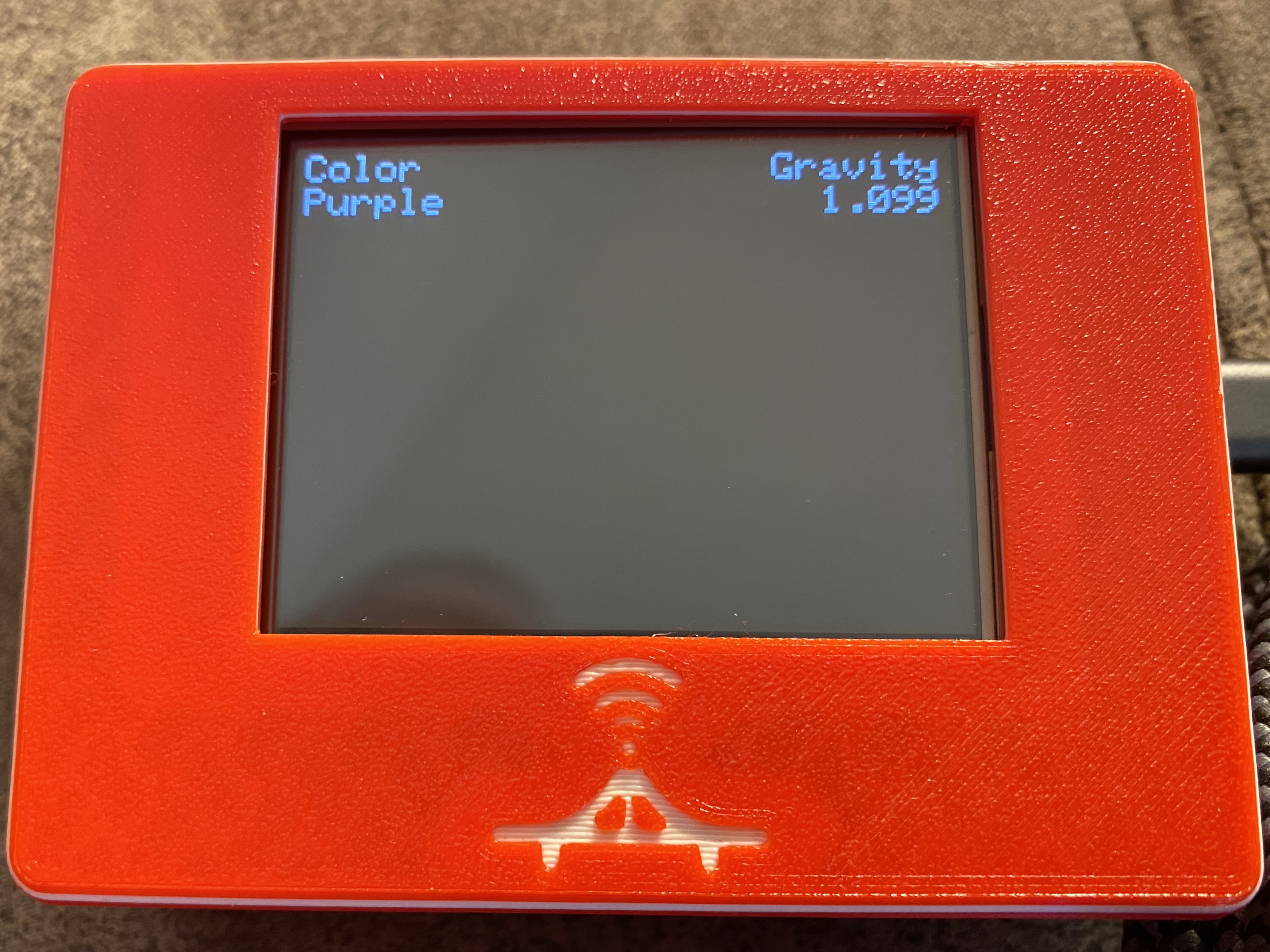To
@LBussy 's point, if you've completely blocked
any communication between devices on that vlan, then that's an issue as the whole idea is for the TiltBridge to communicate with your Fermentrack install (or the internet - but it sounds like you want to prevent that). Blocking broadcasts (or mDNS specifically if you went that route) will make your life slightly mre difficult, but it won't prevent anything from working outright.
Just to clarify a bunch of design decisions that I made with regards to how devices interact with each-other & the internet:
Fermentrack (currently) accesses external sites on the internet for three reasons - only one of which involves sending data, and that can be disabled during setup. Fermentrack accesses GitHub for checking for updates and it accesses fermentrack.com to get the list of available firmware as part of the firmware flash procedure. Fermentrack sends error reports to my Sentry server - but if that option is enabled during setup. Disabling this option (or disabling internet access) won't impact anything other than my ability to know what bugs you've encountered.

There also may be CDN-hosted elements on some of Fermentrack's pages, but the package isn't accessing those - your web browser is.
My ESP8266 port of the BrewPi firmware doesn't
access anything whatsoever either on your network or on the internet. It is
accessed by brewpi-script as part of your Fermentrack (or BPR) installation. In the case of Fermentrack, it will attempt to use mDNS to locate any of these controllers you have on your network, but they can be added manually using the IP address if you prefer.
TiltBridge (currently) accesses the internet for two reasons, all of which have to either be triggered or configured by the user. TiltBridge accesses the TiltBridge website in order to check for updates when you click the option in its UI. TiltBridge also accesses the internet to send data to configured external push targets. If you configure a Fermentrack push target, it will access your (presumably internal) Fermentrack install to push its data. The TiltBridge will send its mDNS
id to Fermentrack to identify itself as part of this process - but it doesn't require the use of mDNS to work.




































![Craft A Brew - Safale S-04 Dry Yeast - Fermentis - English Ale Dry Yeast - For English and American Ales and Hard Apple Ciders - Ingredients for Home Brewing - Beer Making Supplies - [1 Pack]](https://m.media-amazon.com/images/I/41fVGNh6JfL._SL500_.jpg)






















